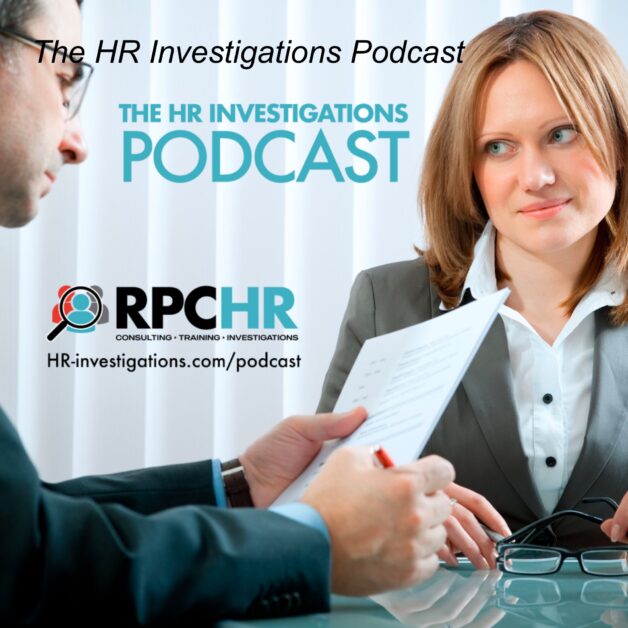Employee Relations (ER) has had a rough go of it during these past two years. COVID changed the world as we knew it, in our homes and in our workplaces. There was no playbook to help us navigate those early days – remember when we all thought we were leaving the office for only two weeks to “flatten the curve”? Those two weeks turned into two months and then almost two years, and here we are still trying to adapt to remote work, hybrid work or back-in-the-office work and battling new issues like vaccine mandate accommodations and The Great Resignation (also known as the Big Quit!).
Employee Relations’ increasingly important role in employee retention
There is a tremendous need to create and ensure fairness and transparency in the workplace, no matter where that “workplace” is, so we will see an increase in the strategic importance of employee relations. The Great Resignation, marked by millions of workers leaving their present employment (20.2 million between May and December 2021) has not only made attracting and retaining top talent more important, but also more difficult.
If an employee senses that there is a lack of trust, safety or equity in the workplace or doesn’t see leaders delivering on their promises, they will leave. More companies will need to look to their ER teams to ensure employees feel supported and heard, and that they are not afraid to come forward with workplace issues that are affecting them because they know ER will listen and act – quickly, consistently and fairly, no matter who is speaking up.
Consistent growth in adoption of ER technology
According to our Fifth Annual Employee Relations Benchmark Study, 34% of companies who are not presently using ER technology are very likely to begin to do so in the next year. The events of 2020 and 2021 continually spotlight the importance of effective ER not only to track data, but to shift the focus from quantitative and reactive (for example, case closing rates) to qualitative and predictive (spotting issues and trends that ER can proactively act upon).
Where anecdotes and soft metrics fall short, ER technology is filling in the gaps, enabling companies to discover trends and gain valuable insights by leveraging hard data and analytics. This allows companies to implement and adjust workplace policies and DE&I initiatives while increasing transparency with staff.
Without a proactive review, inconsistencies in your ER practices or remedial actions can create bias, lack of inclusiveness and disparate impact across the organization without us realizing it. To gain executive confidence, ER needs to be able to predict at scale and that means using the right data — data that ER can easily get its hands on with ER technology that will be essential in the new year for every company.
ER data increasingly important in banishing toxic workplaces
With the focus on improving workplace culture, we will also see increased attention on rooting out and eliminating toxic work environments. This year we saw several well-known companies, including Activision Blizzard, Basecamp, McDonald’s and others, come to grips with cultures that allowed harassment and bullying to go unchecked for far too long.
Unfortunately, many managers and HR teams are still relying on manual and risky methods for documenting and tracking employee issues. According to a recent HR Acuity study on the topic, 93% of people leaders use methods such as word processing documents, spreadsheets and email to document these issues. Without proper documentation, a central repository and established protocols, there are no clear data or metrics to pull from.
document these issues. Without proper documentation, a central repository and established protocols, there are no clear data or metrics to pull from.
To overcome these challenges, organizations will need to ensure that they have the proper people, technology and processes in place to document and address employee issues. These are key to proactively address signs of a toxic workplace before they cause long-lasting harm to staff, company culture and/or brand reputation.
As employees demand more from their employers, companies who aren’t providing a safe work environment will face greater scrutiny. Every company needs to evaluate policies on all types of harassment and discrimination, clearly communicate them to staff and then implement the right tools and technology solutions to track and manage employee issues effectively.
Employee relations has an imperative in the new year to elevate our function in the workplace, to ensure safe and fair workplaces and to provide sound data and metrics that form the foundation for sound decision-making throughout the organization.



